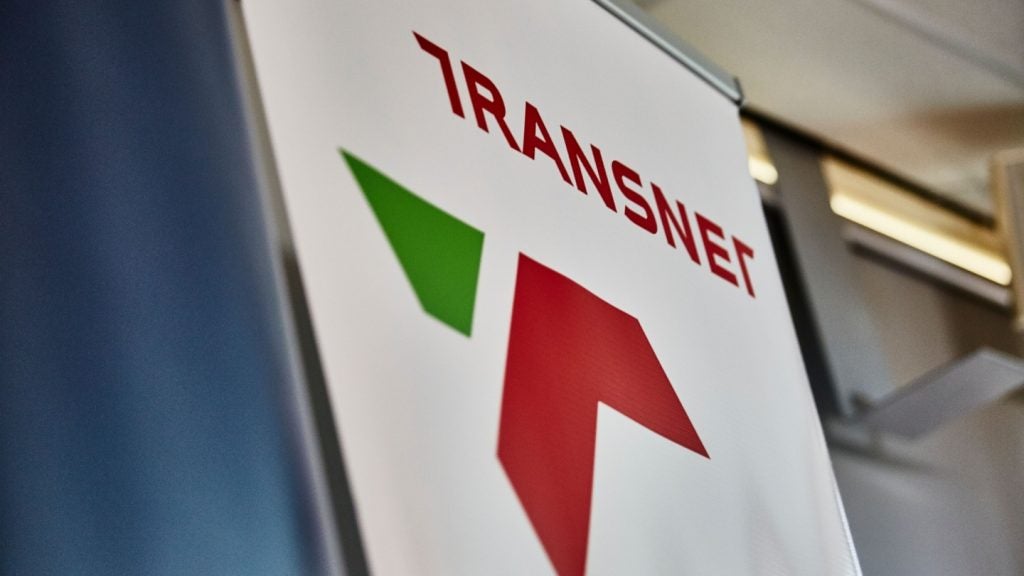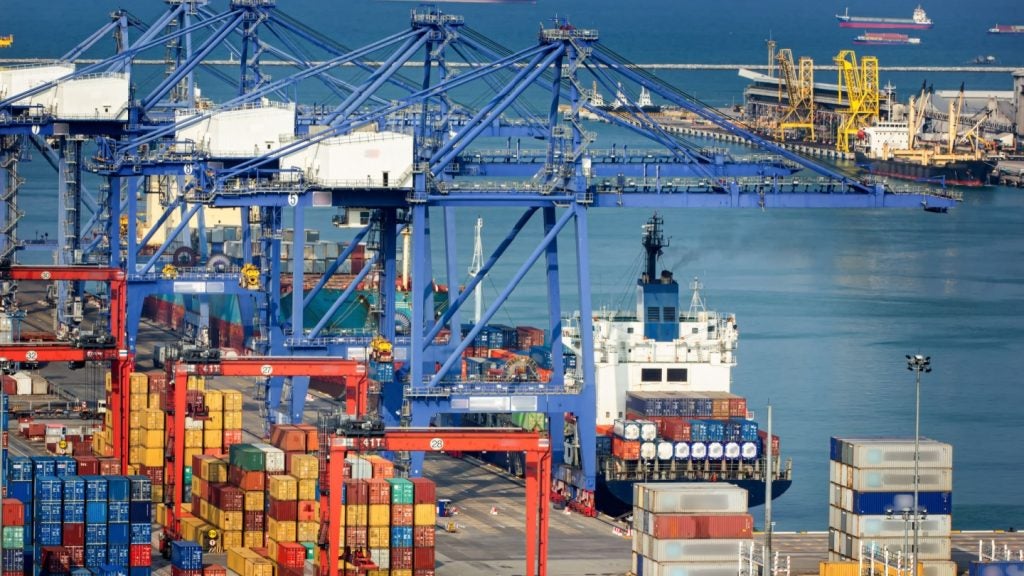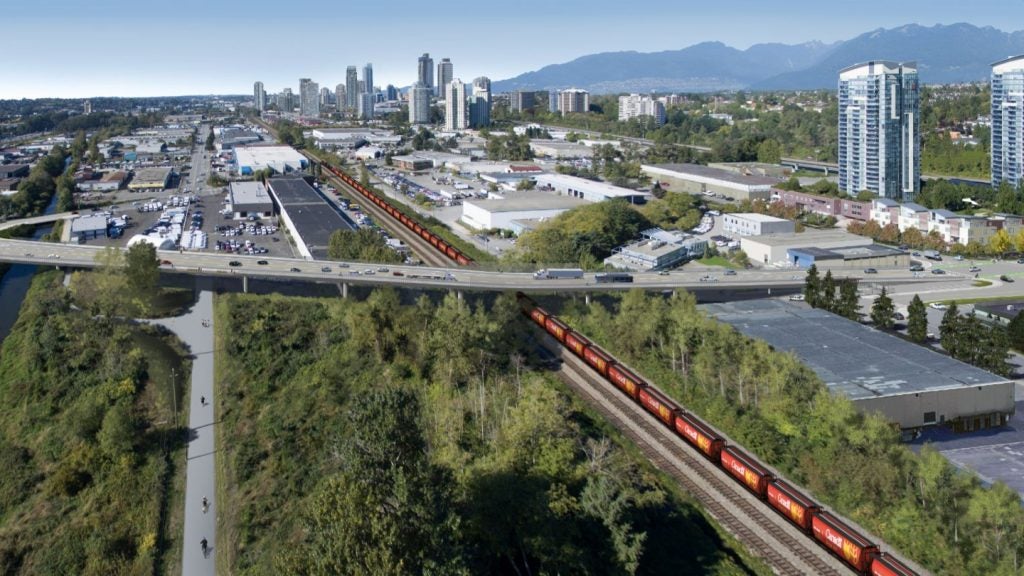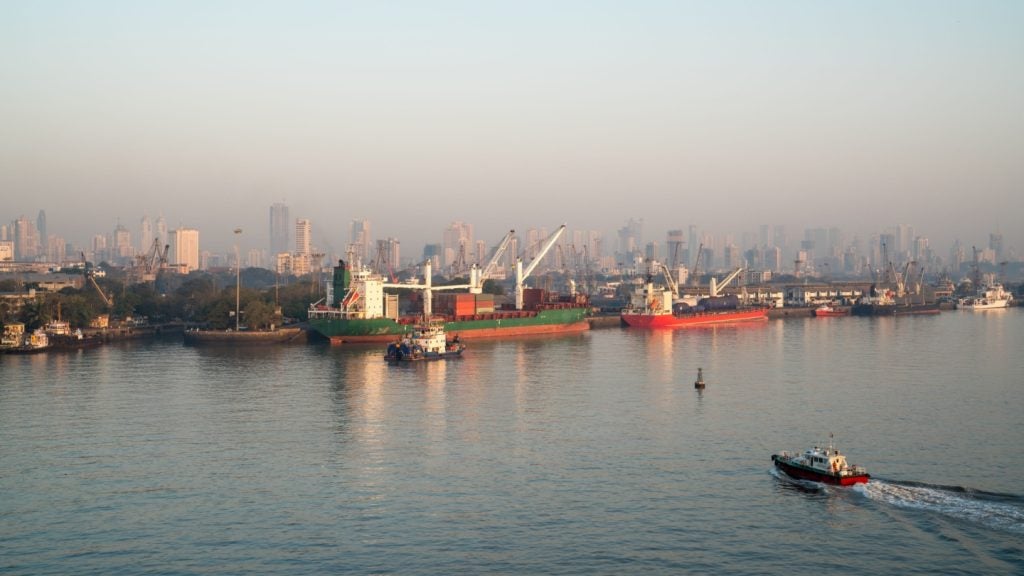
In May, the Port of Antwerp-Bruges announced it had ordered the construction of the world’s first hydrogen-powered tugboat. The Hydrotug, which burns hydrogen and diesel together, has been described as an “ultra-low emission” vessel. It comes as part of a broader effort to green operations at the port.
Built by Belgian shipowner Compagnie Maritime Belge (CMB), the boat is expected to be operational within two years. Measuring 12m wide and 30m long, it can store 415kg of compressed hydrogen. It runs on two 2,000kW dual-fuel engines, with the exact ratio of diesel to hydrogen dependent on the engine power and speed.
As Annelies Oeyen, advisor to the CEO at Port of Antwerp-Bruges, explains, the goal is a ratio of 20:80 or better, with a view to curbing greenhouse gas emissions as much as possible.
“The use of green hydrogen in the tugboat lowers the greenhouse gas emissions in the same ratio as the gas-oil/hydrogen ratio – up to 80%,” she says. “We also expect a positive impact on the air quality. Emissions of pollutants – NOx, particular matter, black carbon, and SOx – will be cut as well.”
Why a hydrogen tug boat?
As things stand, the shipping industry is a major polluter, responsible for around 3% of global greenhouse gas emissions. Under IMO goals, the maritime industry needs to reduce its total emissions to 40% below 2008 levels by 2030. Over the medium-term, this will mean phasing out fossil fuels – and investing in alternatives that might replace them.
Among the options being touted (LNG, ammonia, and biofuels to name a few), hydrogen has emerged as a leading contender. It is extremely clean, producing only water as a waste product, and has a relatively high energy density.
How well do you really know your competitors?
Access the most comprehensive Company Profiles on the market, powered by GlobalData. Save hours of research. Gain competitive edge.

Thank you!
Your download email will arrive shortly
Not ready to buy yet? Download a free sample
We are confident about the unique quality of our Company Profiles. However, we want you to make the most beneficial decision for your business, so we offer a free sample that you can download by submitting the below form
By GlobalDataTransitioning to hydrogen is not without its challenges. There is little suitable infrastructure at present and conventional methods of hydrogen production are not themselves eco-friendly. However, a number of boat designers are betting on the idea that these challenges can be overcome.
The very first hydrogen-fuel boat, a catamaran built by UK-based Cheetah Marine, was successfully tested in 2016. A year later, a small ferry known as Hydroville – also developed by CMB – became the world’s first hydrogen-powered passenger vessel.
Since then, there has been a steady stream of new vessel launches, including a ferry powered by liquid hydrogen and a boat named Energy Observer that uses hydrogen, solar power, batteries and wind to sail the world.
CMB.TECH, the R&D arm of CMB, is one of the leaders in this field, with a full fleet of vessels fuelled by green ammonia or green hydrogen. The company has also built its own hydrogen refueling infrastructure at the Port of Antwerp-Bruges. This is the first refuelling station in the world to produce its own green hydrogen via electrolysis.
How the Hydrotug will work
In CMB’s new Hydrotug, the hydrogen is stored on the deck in 54 high-pressure cylinders at 350 bar (the current limit at sea). The storage pressure is reduced in stages, reaching a stable low-pressure supply towards the engines. Here, a small amount of pilot diesel fuel is used to start the combustion process.
“The engines are evolved gas-oil engines where a large part of the fuel is replaced by hydrogen but no sparkplugs are added,” says Oeyen. “Each cylinder has an extra gas admission valve at the port, so the hydrogen is aspirated with the charge air through the intake valve into the combustion chamber. A multitude of protective measures are taken to cope with hydrogen hazards.”
Given that hydrogen-powered vessels are in their infancy, CMB did face some challenges in the design process. For one thing, the Hydrotug is not a large vessel, meaning it was difficult to fit all the extra machinery on board. The engines, after-treatment system, and hydrogen system take up more space than would be required on a conventional tug.
“Without existing standards, it was a pioneering effort to get this tug built and approved.“
Despite these constraints, and limitations in how much hydrogen can be stored, the boat will be able to function autonomously for 24 hours. Operating the vessel optimally will require a feat of planning – executing tasks, and then bunkering the tug, at the most appropriate times.
“Another challenge is that the CMB.TECH hydrogen system and the BeHydro engines were in development during the construction,” says Oeyen. “Without existing standards, it was a pioneering effort to get this tug built and approved.”
Oeyen adds that the tug’s sheer power exceeds all its predecessors. With a total output of 4,000kW, it has a 65-ton bollard pull.
“With great power comes great responsibility,” she says. “The tug will be pulling large seafaring ships through locks and docks, so it needs to be reliable.”
This is why the dual-fuel approach matches the application so well. If the new technology fails for whatever reason, or the hydrogen supply chain can’t provide the fuel, the tug can fall back on existing technology and still perform its duty.
Greening the Port of Antwerp-Bruges
The Hydrotug is just one of the ways the Port of Antwerp-Bruges is cleaning up its fleet. As the fifth largest bunkering port in the world, the port is aiming to become climate-neutral by 2050, and to become a fully-fledged multi-fuel port by 2025. That will mean vessels will be able to bunker not just conventional fuels, but also low-carbon alternatives such as methanol, ammonia, hydrogen or electricity.
“We don’t really believe that one single fuel will be the eventual winner – diversity of fuels will be key,” says Oeyeres.
“Take batteries or compressed hydrogen. They will be excellent and versatile solutions for inland or short sea shipping, but because of their small volumetric energy density, you would need extreme volumes if you wanted to sail to Singapore. For those kinds of journeys, LNG, methanol, ammonia or liquified hydrogen would better serve your needs.”
In recent years, the port has expanded its fleet with three new tugboats, including a tug that runs on methanol. It is also retrofitting new technologies on its existing vessels (a 32-strong fleet of tugs, dredgers, and support vessels) and using data to improve its processes.
“At Port of Antwerp-Bruges we serve as a testbed for technological and sustainable innovation,” says Oeyen. “We want to walk the talk, show the example, show others that it is possible, and have the rest of the shipping industry follow us.”







